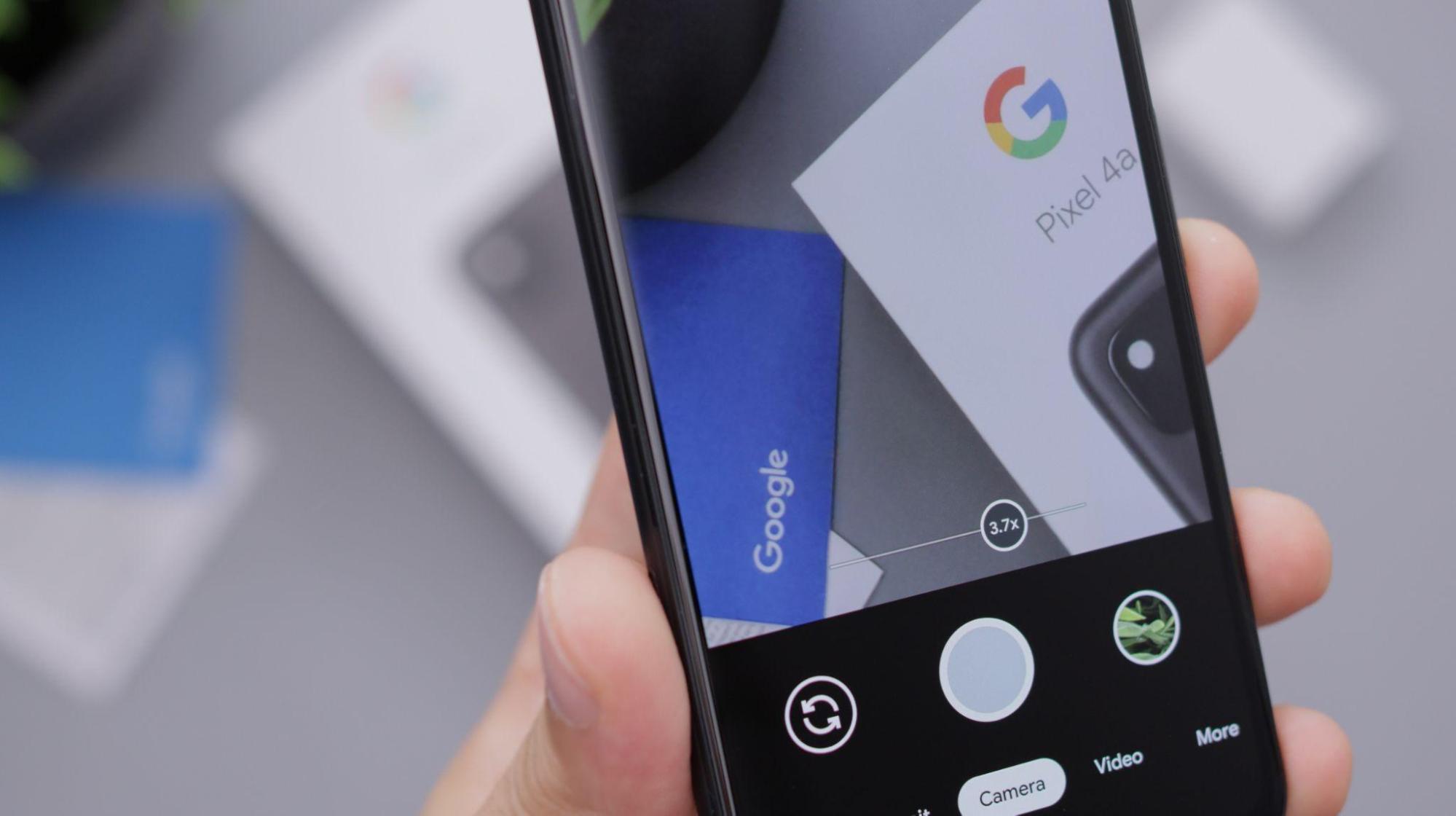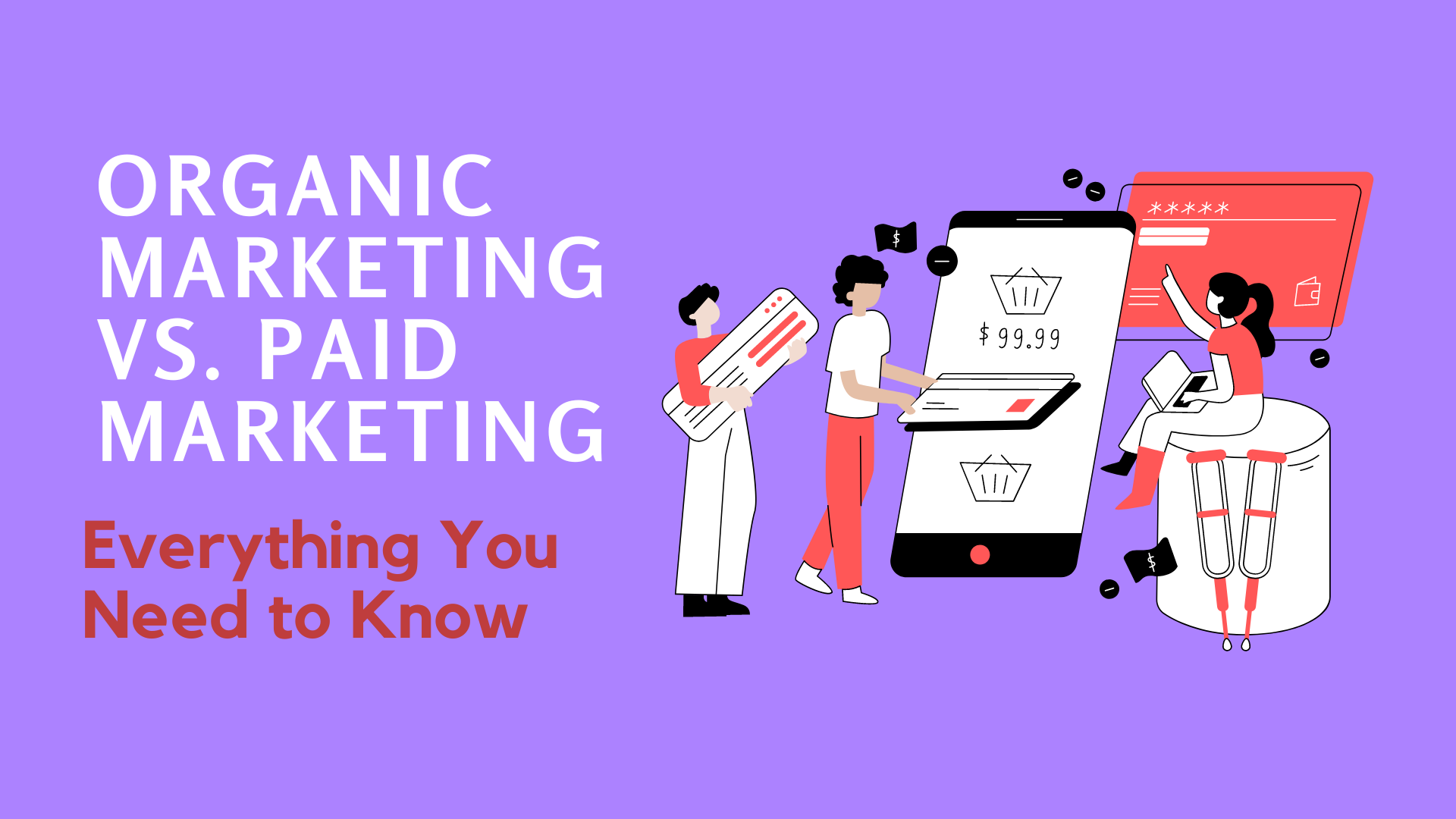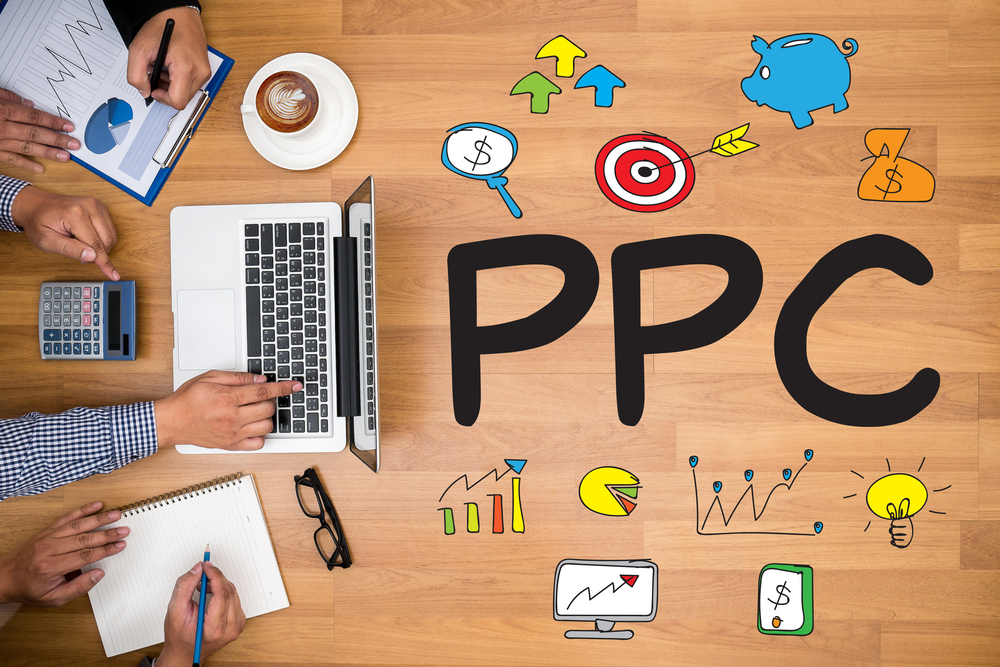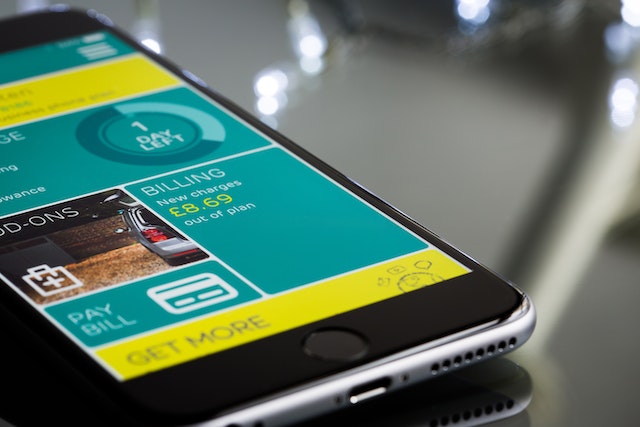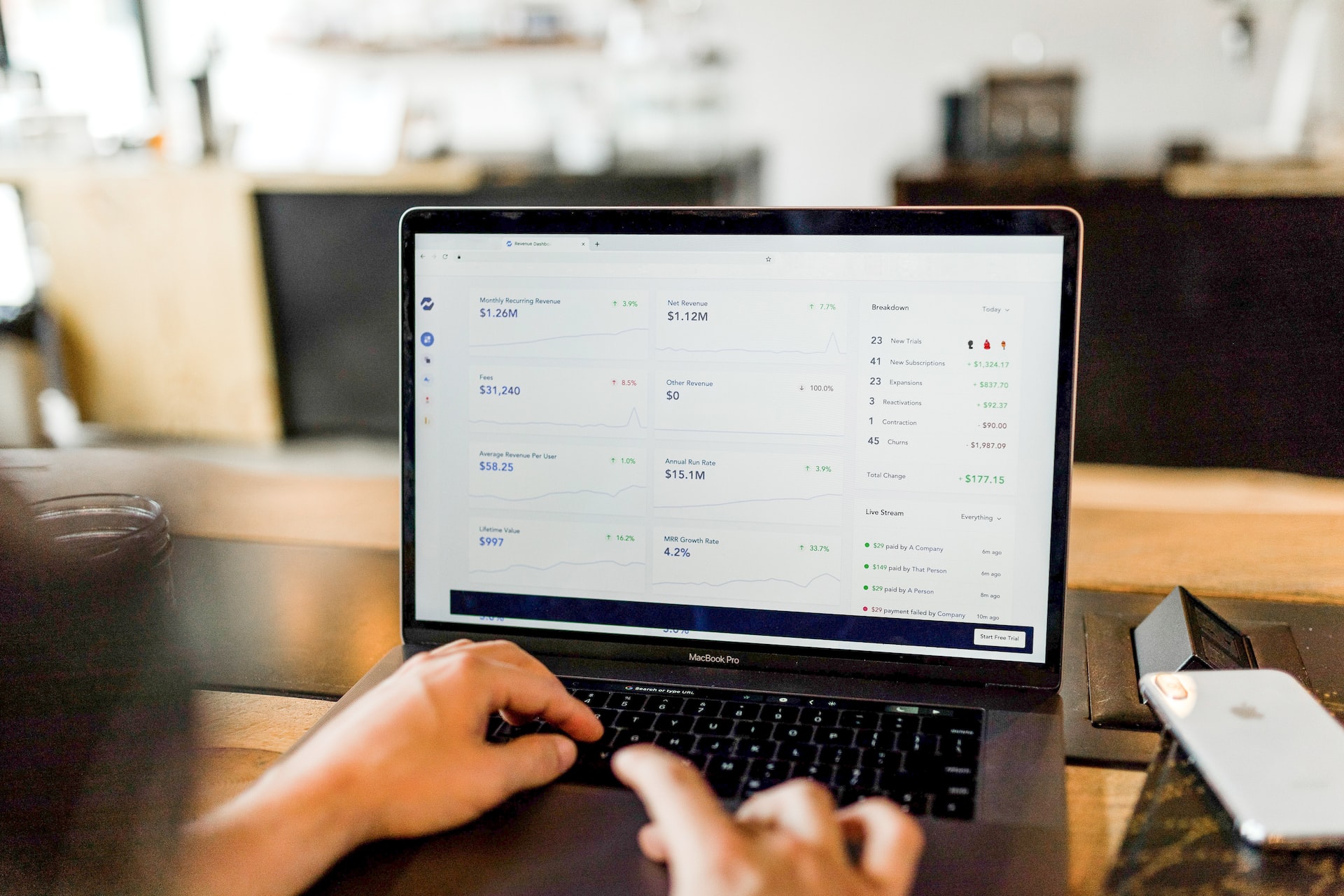Things to Know About the New Google Ads Creative Studio
November 17, 2022
Digital Ad Technology and How to Weaponize It
November 16, 2022
Medical PPC Best Practices: Search vs. Display Advertising
November 12, 2022
10 Monetization Strategies to Increase Ad Revenue
October 22, 2022
Is Working With a PPC Agency Worth It?
September 29, 2022
Should You Invest In In-App Advertisements?
September 23, 2022
The Complete Guide to E-Commerce PPC Management
September 20, 2022
Key Benefits of PPC Advertising for Any Business
September 20, 2022
5 Tips to Make the Most Out of Your Pay Per Click Marketing
September 13, 2022
